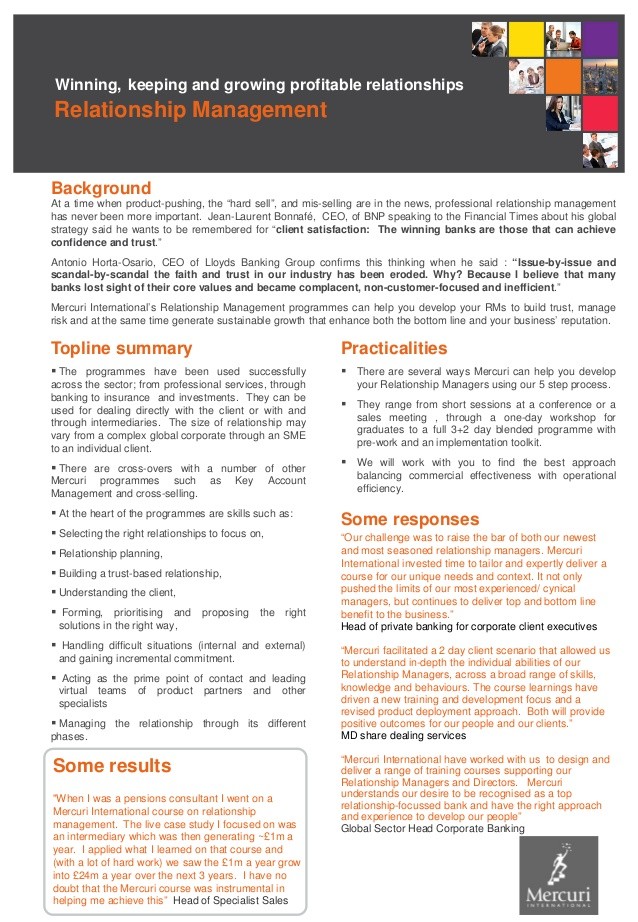Selling Winners In Your Portfolio Is Never Easy
Post on: 12 Май, 2015 No Comment

Gary Gordon — Seeking Alpha — Mon Mar 09, 1:24PM CDT
- Article Comments (0)
It’s not an easy thing to sell an asset that you still believe has legs. I needed to reduce exposure to the Vanguard Extended Duration Treasury ETF (NYSEARCA:EDV ) for many of my clients, in spite of the reality that they were sitting on 14-plus months of remarkable capital appreciation and income gains.
What transpired? The exchange-traded tracker hit a stop-limit loss order as well as breached a critical trendline.
The fact that I have exceptional confidence in EDV as a hedge against a sharp correction and/or a bear market in the near future is irrelevant at this moment; value with comparable sovereign debt abroad does not matter either. Not at this minute. In essence, I subscribe to an offshoot of a Stephen Covey effectiveness rule. The bestselling author explained that Effective management (in business) is discipline, carrying it out. Likewise, effective asset management relies upon the execution of one’s discipline. And when it comes to insuring against a big loss — when it comes to guaranteeing a positive outcome (i.e. big gain, small gain, small loss) — I never deviate.
I can always revisit EDV. For now, though, the extra cash in accounts can serve as a buffer against further depreciation in stock, bond, REIT and commodity prices.
There is some irony in the rapid reversal of fortune for traditional safer haven assets, however. The world outside of the U.S. economy has been weakening dramatically. The saving grace? Foreign leaders are implementing the same type of rate manipulating, money-creating bailouts that reflated stocks, bonds and real estate in the United States.
Perhaps ironically, the majority of economic reports stateside have been atrocious year-to-date. New factory order have been collapsing, consumer spending has been sputtering and oil producers have been scaling back sharply. Even the heralded arrival of full employment at 5.5% is specious. If you account for labor force drop-outs, unemployment is closer to 10%. While the Bureau of Labor Statistics (BLS ) would have us believe that those that have left the labor force all retired, the reality is that most of these folks were pushed out and/or when they return to the labor force, they will take lower-paying positions to get by. Hence, wage growth is non-existent and personal consumption expenditures (PCE) that excludes food/energy has declined to just 1.3%.
It has been widely suggested that investors around the globe have too much faith in the Federal Reserve and other central banks. I am not entirely sure the statement is as true going forward as it is looking backward. For instance, Greenspan’s Fed raised overnight lending rates from roughly 3% in 1993 to 6.5% in 2000, when the dot-com bubble subsequently crashed. Greenspan/Bernanke hiked overnight lending rates from a spectacular low in late 2003 of 1% up to 5.25% by July 2007. Shortly thereafter, the financial system and stock markets around the globe plummeted. In both instance, Federal Reserve decisions to slow the economy and/or normalize interest rates involved a series of significantly large rate hikes. 5.25%? 6.5%? And yet, here investors are… fretting about the possibility of leaving 0% for six-plus years for the rockier shores of 0.25%?
My point is simple: In the same way that the Bank of Japan has been unable to get their overnight lending rates above 0.5% at anytime in the last 15 years, the U.S. will not be able to normalize near 3.5%, or 4.5% or 5.5%. It simply cannot occur. Households require low rates to service the interest payments on their debts. Governments at every level — local, state, federal — require low rates to service their obligations. It follows that any economic downturn, no matter how minor, will see additional flattening of the yield curve and a return to the safest of the safety plays, U.S. Treasuries.

If you missed the bond bonanza of 2014, look to see if funds like the i Shares 10-20 Year Treasury Bond ETF (NYSEARCA:TLH ) can stabilize near its 100-day intermediate-term trendline. If so, you might have a buy-the-dip opportunity that should simultaneously hedge against a stock slide. You will want to wait for the selling pressure to subside, though.
As for stock assets in 2015, I have primarily concentrated on a slow increase in exposure to currency-hedged foreign markets. One of my favorites for the last 6 months has been the iShares Currency Hedged MSCI Germany ETF (NYSEARCA:HEWG ). Granted, I have the WisdomTree Europe Hedged Equity ETF (NYSEARCA:HEDJ ) in many client portfolios as well. However, Germany exporting on a depreciated euro? No country in the euro-zone can do that more effectively. Moreover, the HEWG:HEDJ price ratio has been favoring HEWG.
Click here for Gary’s latest podcast.
Disclosure: Gary Gordon, MS, CFP is the president of Pacific Park Financial, Inc. a Registered Investment Adviser with the SEC. Gary Gordon, Pacific Park Financial, Inc, and/or its clients may hold positions in the ETFs, mutual funds, and/or any investment asset mentioned above. The commentary does not constitute individualized investment advice. The opinions offered herein are not personalized recommendations to buy, sell or hold securities. At times, issuers of exchange-traded products compensate Pacific Park Financial, Inc. or its subsidiaries for advertising at the ETF Expert web site. ETF Expert content is created independently of any advertising relationships.
Read more articles from Seeking Alpha:
- The Labor Market Improves — SLV Comes Down
- What The Numbers Say About Long-Term Investments In Leveraged ETFs
- Managing Portfolio Risk With Tactical Asset Allocation
- Natural Gas Market Heats Up, UNG Rallies
- Neuberger Berman Long Short Fund Hits 3 Years, Earns 4 Stars














